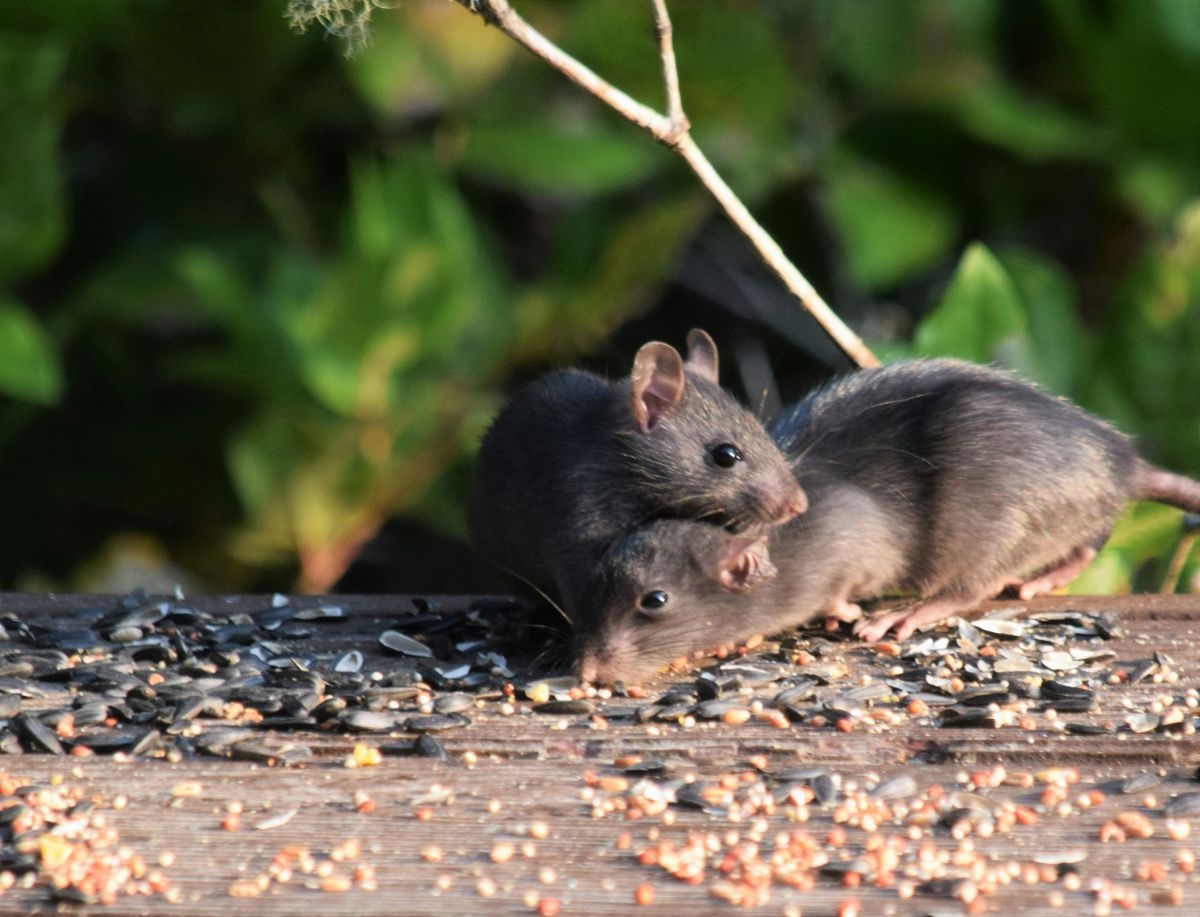Variegated Liriope is a beautiful and versatile plant that can add a touch of elegance to any garden. In this comprehensive guide, we will explore everything you need to know about cultivating variegated liriope in your garden, from choosing the right variety to caring for it and using it creatively in your landscaping projects.
Key Takeaways
- Understanding the different varieties of variegated liriope can help you choose the best option for your garden.
- Providing the ideal growing conditions, including proper sunlight and soil moisture, is essential for the health of variegated liriope.
- When purchasing variegated liriope, look for plants with vibrant foliage and healthy root systems to ensure successful growth in your garden.
- Proper soil preparation before planting variegated liriope is crucial for its long-term health and vigor.
- Regular watering, feeding, and maintenance practices will help keep your variegated liriope thriving and looking its best.
Choosing the Right Variegated Liriope

Understanding Variegated Liriope Varieties
Variegated Liriope, also known as Variegated Lilyturf, is a real crowd-pleaser with its striking green and white striped leaves. It’s an evergreen perennial that brings life to your garden year-round. But before you get too excited and grab the first plant you see, let’s talk about the different varieties out there.
One popular choice is the ‘Silvery Sunproof’, which boasts foliage that can handle full sun without fading. Then there’s the ‘Gold Band’, featuring golden edges that can brighten up any shady spot. And for those looking for something a bit different, the ‘Peedee Ingot’ has a unique yellowish cast to its leaves.
When you’re browsing for these ornamental grasses, keep an eye out for the less common but equally charming ‘Big Blue’. It’s a less aggressive spreader that stays in clumps, making it a great option if you’re after a more controlled garden look. The leaves are wider, and the flowers are bigger than the typical creeping lilyturf. Speaking of blooms, expect a delightful show of purple or white flowers when the season hits!
Selecting the Ideal Growing Conditions
To ensure your variegated liriope thrives, it’s crucial to mimic its preferred habitat. Variegated liriope loves partial shade to full sun, but too much direct sunlight can bleach its striking leaves. When it comes to soil, aim for a well-draining type that’s rich in organic matter. Here’s a quick checklist to help you get the conditions just right:
- Partial shade to full sun – protects the vibrant variegation
- Well-draining soil – prevents root rot
- Organic matter – for nutrient-rich growth
- Regular watering – keeps the soil consistently moist
Remember, while liriope is adaptable, it won’t tolerate standing water. So, proper drainage is a must. If you’re drawing inspiration from other plants, consider how Clusia hedges are used for their dense foliage and adaptability, much like liriope. And just like the Lily Turf from Greenwood Creek Nursery, variegated liriope can add a touch of elegance to undulating river banks or similar landscapes in your garden.
Tips for Purchasing Healthy Variegated Liriope
When you’re on the hunt for the perfect variegated liriope to add to your garden, keep in mind that a healthy plant is the cornerstone of gardening success. Start by inspecting the foliage; you want to see vibrant stripes without any signs of wilting or discoloration. It’s a good idea to check the root system if possible. Healthy roots are typically white or light tan and should feel firm, not mushy.
Here’s a quick checklist to take with you to the nursery or when shopping online:
- Look for plants with bright, unblemished leaves.
- Ensure the plant has a strong root system.
- Avoid plants with any signs of pests or diseases.
- Check that the soil is moist but well-draining, as liriope prefers these conditions.
Remember, the best time to plant your liriope is from summer to fall, taking advantage of the growing season. And don’t forget, while variegated liriope can tolerate a range of light conditions, from full sunlight to partial shade, ensuring the right light exposure will promote the most vigorous growth.
Planting and Caring for Variegated Liriope

Preparing the Soil for Planting
Getting your soil ready for variegated liriope is like prepping a cozy bed for a guest; it’s all about making sure the conditions are just right for a comfortable stay. Start by testing the soil pH; liriope loves a slightly acidic to neutral range (pH 5.5 to 7). If you need to adjust the pH, adding sulfur can help lower it, while lime can raise it to the desired level.
Next up, let’s talk texture. Liriope isn’t fussy, but it thrives in well-draining soil. You can improve drainage by working in some organic matter like compost or well-rotted manure. Here’s a quick checklist to ensure you’ve got all your soil bases covered:
- Test soil pH and adjust if necessary
- Enhance soil with organic matter for better drainage
- Ensure the planting area is free of weeds and debris
Remember, a little effort in soil preparation can go a long way in preventing issues down the line. So, roll up your sleeves and get to it! And hey, while you’re out there getting your hands dirty, why not explore the beauty of your garden? Maybe even consider a digital detox as you dig. After all, there’s nothing quite like the satisfaction of nurturing your plants from the ground up.
Proper Planting Techniques
Getting your variegated liriope off to a great start means planting it just right. Dig a hole that’s twice as wide as the root ball, but no deeper. This gives the roots plenty of room to spread out without suffocating them. Here’s a quick rundown:
- Position the liriope so the top of the root ball is level with the soil surface.
- Backfill the hole gently, using the same soil you took out.
- Water thoroughly to settle the soil and eliminate air pockets.
After planting, mulch around the base to retain moisture and discourage weeds. Remember, these plants love a bit of elbow room, so space them about a foot apart. This spacing allows for ample air circulation, which is crucial for preventing diseases in your liriope. And when it comes to maintenance, a little goes a long way. Prune the foliage in winter before the development of spring growth. Add slow-release fertilizer once in spring to give them a boost.
Watering and Feeding Guidelines
Keeping your variegated liriope happy means giving it just the right amount of TLC when it comes to watering and feeding. These plants are pretty chill once they’re established, but getting them there is key. For starters, water your liriope deeply but infrequently to encourage strong root growth. Think of it like a hearty meal that keeps you full for days rather than snacking every hour.
When it comes to feeding, a balanced slow-release fertilizer in the spring can work wonders. But remember, less is more! Overfeeding can lead to more foliage but fewer flowers, and we definitely want those blooms. Here’s a quick rundown of the feeding schedule:
- Early Spring: Kickstart growth with a balanced 10-10-10 fertilizer.
- Mid-Summer: A light feeding can help if your plants look a bit tired.
- Fall: Skip the fertilizer to allow your liriope to prepare for winter.
And hey, don’t forget about mulching. A nice layer of organic mulch not only retains moisture but also adds nutrients as it breaks down. Plus, it keeps the weeds at bay, which is always a bonus.
Managing Pests and Diseases

Identifying Common Pests
When it comes to keeping your variegated liriope looking its best, knowing your enemy is half the battle. These ornamental grasses can attract a few unwelcome visitors that can hinder their growth and aesthetic appeal. Here’s a quick rundown of the usual suspects:
- Aphids: These tiny critters can be a real nuisance, clustering on the undersides of leaves and sucking the sap out of your plants.
- Slugs and Snails: Love a moist garden environment, and they’ll munch on your liriope leaves during the night.
- Spider Mites: Almost invisible to the naked eye, they weave fine webs and cause the foliage to discolor and die off.
Each pest requires a different approach, so once you’ve identified them, you can move on to tailoring your battle plan. Remember, a healthy plant is less likely to succumb to pest invasions, so keep up with regular care. And hey, while you’re expanding your social circle by attending garden clubs or joining online gardening communities, don’t forget to be open and approachable to new experiences and people, as you might pick up some valuable tips for pest control. Also, think of your liriope like a roof over your head; invest in their care with regular inspections and prompt action against pests. This way, you’ll ensure a strong and reliable growth, avoiding the need for costly plant replacements.
Natural Pest Control Methods
When it comes to keeping your variegated liriope happy and pest-free, natural pest control methods can be a real game-changer. They’re not just better for the environment; they’re also super effective if you know what you’re doing. So, let’s dive into some eco-friendly tactics that’ll keep those pesky critters at bay.
First up, companion planting is a genius move. It’s like having your plants’ own personal bodyguards. For example, marigolds aren’t just pretty; they’re known to repel nematodes and other pests that might fancy a nibble on your liriope. And speaking of nibbles, let’s not forget about the power of predators. Encouraging beneficial insects like ladybugs and lacewings into your garden is like throwing a party where the guests help clean up. They love to feast on aphids and other small pests that could harm your plants.
Here’s a quick list of natural repellents that can help protect your variegated liriope:
- Marigolds: Repel nematodes and other pests
- Garlic: Planting garlic nearby can deter some pests
- Chrysanthemums: Contain pyrethrin, a natural insecticide
Remember, the key to success with natural pest control is consistency and patience. It might take a little time for these methods to show results, but it’s worth it for the health of your garden and the planet!
Preventing Diseases in Variegated Liriope
Keeping your variegated liriope disease-free is a bit like prepping for a party; you’ve got to plan ahead to make sure everything goes smoothly. Start with the basics: hygiene. Just like using separate chopping boards and utensils can prevent cross-contamination in the kitchen, keeping your garden tools clean can stop the spread of plant pathogens. Regularly disinfect your shears and spades to keep those pesky diseases at bay.
When it comes to ornamental plants like variegated liriope, some pathogens, such as rusts, can be particularly aggressive. But here’s the good news: they often can’t survive without their host plant tissues. This means that proper garden sanitation can go a long way. Remove and destroy any infected plant parts immediately, and keep the ground beneath your liriope clear of debris.
Here’s a quick checklist to help you stay on top of disease prevention:
- Monitor your plants regularly for signs of disease.
- Water in the morning to allow foliage to dry before nightfall.
- Ensure good air circulation by not overcrowding plants.
- Apply fungicides as a preventive measure during humid or wet seasons.
Creative Uses of Variegated Liriope

Incorporating Variegated Liriope in Landscaping
Variegated Liriope, with its striking striped leaves, can be a real game-changer for your garden’s aesthetic. Think of it as nature’s own artwork, adding a splash of color and texture to any landscape design. It’s not just about looks though; this hardy plant is a champ at thriving in a variety of conditions.
When planning your garden layout, consider using Variegated Liriope as a border plant. It’s perfect for creating clean lines and defining spaces. Here’s a quick list to get you started:
- Edge along walkways: Guide guests with a living border.
- Frame garden beds: Highlight your floral arrangements.
- Accentuate features: Use them around fountains or statues.
Remember, incorporating Variegated Liriope isn’t just about planting it and forgetting it. Regular maintenance will ensure your garden remains an inviting space, echoing the advice from Homes & Gardens on making a front yard more inviting. And hey, why not borrow a page from the kitchen playbook? Just like adding unique utensil holders or stylish linens can transform a kitchen, mixing Variegated Liriope with other plants can create a functional and aesthetically pleasing outdoor space.
Variegated Liriope as Ground Cover
Variegated Liriope isn’t just a pretty face in the garden; it’s a hardworking ground cover that can bring life to those tricky areas where other plants might struggle. It’s a wonderful edging plant for walks, paths, pool decks, narrow spaces, and truly shines when used in mass plantings. Its striking variegated leaves add a pop of color and texture to any landscape design.
When considering Variegated Liriope as a ground cover, it’s important to note its dense, evergreen nature. The blades are similar to a thick blade of grass, which can range from very dark green to beautifully variegated. In the summer, you’ll be treated to delicate flowers that add an extra layer of interest to your garden.
Here’s a quick rundown of why Variegated Liriope makes such a great ground cover choice:
- It’s low maintenance and adapts well to a variety of soil conditions.
- The variegation in the leaves can brighten up shady areas.
- It’s tough enough to withstand foot traffic, making it ideal for edging.
- The plant spreads easily, covering bare spots efficiently.
DIY Projects with Variegated Liriope
Got a green thumb and a creative spirit? Variegated Liriope can be more than just a plant in your garden; it’s a versatile player in your DIY landscape projects. Whether you’re looking to add texture to your rock garden or create a lush, purple-blooming border, this hardy plant is up for the task.
Here’s a quick list of DIY ideas to get you started:
- Edging Pathways: Line your garden paths with Liriope for a structured yet natural look.
- Rock Garden Accents: Tuck these grassy beauties among the rocks for a pop of color.
- Container Gardening: Plant Liriope in decorative pots for easy-to-move greenery.
Remember, the key to a successful DIY project is starting with healthy plants. Look for options like the ‘4 in. Variegated Liriope Flowering Shrub With Purple Blooms – 15 Piece’ to ensure you’re getting a robust start to your garden crafts. And don’t forget, Liriope thrives in shaded areas, making it a perfect choice for those tricky spots where other plants might struggle.
Frequently Asked Questions
What are the different varieties of variegated liriope available for cultivation?
There are several variegated liriope varieties such as Silver Dragon, Variegata, and Okina.
How often should variegated liriope be watered?
Variegated liriope should be watered regularly, especially during hot and dry periods.
Can variegated liriope tolerate full sun exposure?
Variegated liriope prefers partial to full shade but can tolerate some sun exposure.
Do variegated liriope plants require regular fertilization?
Variegated liriope benefits from occasional fertilization with a balanced fertilizer.
Are there any common pests that affect variegated liriope plants?
Common pests that may affect variegated liriope include aphids, slugs, and spider mites.
How can I propagate variegated liriope plants?
Variegated liriope can be propagated through division or by planting seeds.
